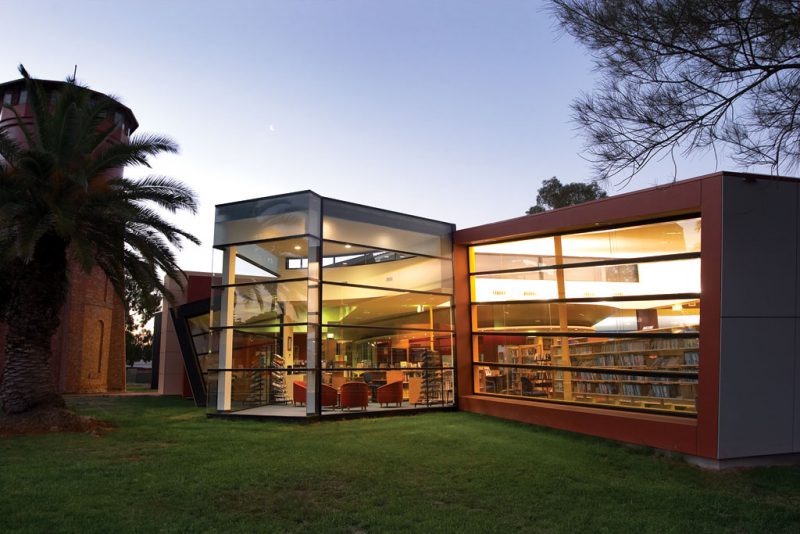Urban Design – Smart, Sustainable Cities Designed for Communities
27 October 2025
Greenway Hirst Page delivers innovative urban design for smart, sustainable cities, creating communities shaped by technology, sustainability, & resilience.
Urban design plays a crucial role in shaping the way people live, work, and interact within modern cities. More than just the arrangement of buildings and infrastructure, urban design focuses on creating spaces that are efficient, inclusive, and resilient. As cities grow and populations increase, the demand for smart, sustainable approaches has become essential to ensuring communities thrive today and in the future.
What is Urban Design in the Modern Era?
Modern design extends beyond traditional planning to embrace innovation, sustainability, and community needs. The objective is not only to build functional spaces but also to enhance the quality of life. By aligning infrastructure with environmental goals and digital technology, urban design ensures cities are equipped to adapt to global challenges such as population growth, climate change, and urbanisation.
Key considerations in contemporary design include:
• Creating liveable environments that prioritise health and wellbeing.
• Designing mixed-use spaces that support work, leisure, and community activities.
• Ensuring inclusivity through accessible public areas and infrastructure.
• Building resilient systems to withstand environmental and social pressures.
How Smart Technologies Transform Urban Spaces
Smart technologies have become central to urban design, transforming cities into more connected and efficient spaces. By integrating digital tools with infrastructure, cities can optimise resources, reduce waste, and improve the experience of daily life for residents. These technologies provide governments, planners, and businesses with valuable insights to drive better decision-making.
• IoT – The Internet of Things (IoT) enables seamless connectivity between devices, buildings, and public systems. In urban settings, IoT sensors manage energy consumption, monitor air quality, and regulate traffic flows. This connectivity not only increases efficiency but also enhances safety and sustainability.
• AI – Artificial Intelligence (AI) allows cities to process vast amounts of data in real time. From predicting traffic patterns to optimising energy grids, AI provides adaptive solutions that improve urban operations. In addition, AI supports urban planning by identifying future needs and enabling more strategic investment in infrastructure.
• Data-Driven Planning – Data-driven planning ensures the design is informed by evidence and measurable outcomes. By analysing data on population density, mobility trends, and environmental conditions, planners can allocate resources effectively and design spaces that respond to actual community needs. This approach strengthens the capacity of cities to remain resilient and adaptable.
Sustainability in Urban Design
Sustainability is the foundation of effective urban design. As cities account for the majority of global resource consumption and emissions, adopting sustainable practices is critical to long-term liveability. Sustainable design ensures that economic development does not compromise environmental integrity or community well-being.
Key elements of sustainable urban design include:
• Green architecture: eco-friendly buildings and energy efficiency.
• Public transportation and reduced carbon footprints.
• Urban green spaces: parks, rooftop gardens, and natural water management systems.
• Circular economy integration in city infrastructure.
By embedding these practices, cities can reduce environmental impact while fostering healthier and more engaging communities.
Shape the Future of Cities with Greenway Hirst Page’s Urban Design Services
Urban design is central to building cities that are not only functional but also smart, sustainable, and community-focused. By combining technology, sustainability, and human-centred planning, the future of urban environments will be defined by resilience and inclusivity.
At Greenway Hirst Page, we understand the importance of designing spaces that serve both people and the planet. Our expertise in urban design allows us to deliver innovative architectural planning and design solutions that balance efficiency, sustainability, and community needs. Contact us to create environments that are smarter, more sustainable, and truly designed for communities.
Related Blog Articles:
Smart Urban Design Solutions to Tackle Urban Sprawl and Build Connected Communities
Sustainable Urban Planning in Australia: GHP’s Strategy for Resilient Cities
Optimized by: Netwizard SEO

